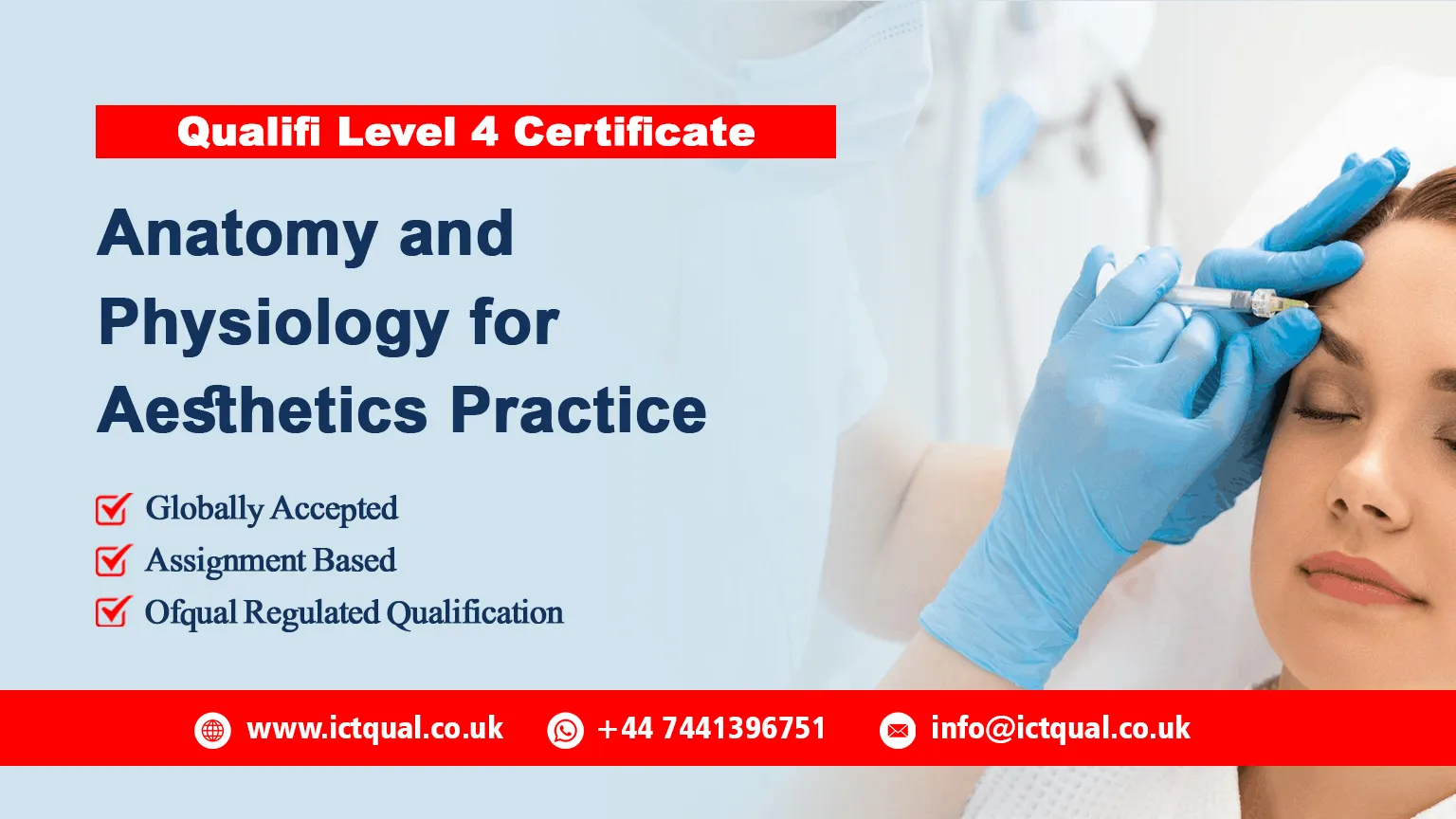In the realm of aesthetics, precision and safety are paramount. For professionals aiming to provide exceptional care and achieve outstanding results, a deep understanding of human anatomy and physiology is essential. The Qualifi Level 4 Certificate in Anatomy and Physiology for Aesthetics Practice stands out as a crucial qualification that bridges the gap between theoretical knowledge and practical application in aesthetic treatments.
The Qualifi Level 4 Certificate in Anatomy and Physiology for Aesthetics Practice is an advanced certification designed specifically for practitioners in the aesthetics industry. This comprehensive course delves into the complex structure and function of the human body, with a particular focus on aspects most relevant to aesthetic treatments. Participants will gain an in-depth understanding of skin anatomy, physiological processes, and how various aesthetic procedures interact with bodily systems.
The Qualifi Level 4 Certificate in Anatomy and Physiology for Aesthetics Practice is more than just a certification; it’s a gateway to mastering the complexities of human anatomy and physiology in the context of aesthetic treatments. By enrolling in this course, you invest in your professional development, enhance the safety and efficacy of your practice, and elevate your standing in the competitive field of aesthetics. Whether you’re looking to advance your career, specialize further, or simply ensure the best outcomes for your clients, this qualification provides the essential knowledge and skills needed to excel.
The Qualifi Level 4 Certificate in Anatomy and Physiology for Aesthetics Practice is a specialized qualification designed to provide an in-depth understanding of human anatomy and physiology as it pertains to the aesthetics industry. This course covers essential topics such as the biochemistry and biology of cells, the complexity arising from cell specialization and organization, and the structure and function of major organ systems. Key areas of focus include the anatomy of the skin and its appendages, the inflammatory response, skin remodeling, and the impact of aging on skin and facial structures.
Participants will gain comprehensive knowledge of common skin types, diseases, and disorders, as well as the physiological processes involved in skin aging. By integrating cell biology and biochemistry with practical aesthetics applications, the course equips professionals with the expertise needed to enhance treatment safety and effectiveness.
This qualification is ideal for individuals looking to deepen their understanding of how aesthetic procedures interact with the body, ultimately improving client outcomes and advancing their practice in the competitive field of aesthetics.







